The iRobot Roomba 620 is a valued household assistant, designed to automate the chore of vacuuming with impressive efficiency. Its ability to navigate and clean floors independently offers a level of convenience many users rely on. However, like any electronic device powered by a rechargeable battery, its performance can degrade over time. When your Roomba 620 starts struggling to complete a cleaning cycle or spends more time at its charging dock than on your floors, it can be a significant source of frustration.
This article serves as a comprehensive resource for tackling these common battery-related problems. We will explore the primary symptoms and underlying causes of diminished battery life in your Roomba 620. More importantly, we provide a detailed, step-by-step troubleshooting guide to help you diagnose and resolve these issues. From simple cleaning tasks and setting optimizations to maintenance best practices, you will learn effective strategies to restore your robotic vacuum’s performance and extend the longevity of its battery.
Exploring the Signs of Battery Decline
Before you can fix the problem, you need to recognize its symptoms. A failing or inefficient battery in a Roomba 620 doesn’t always mean the device stops working entirely. Often, the signs are more subtle, gradually impacting its performance until it becomes a noticeable issue. Pinpointing these indicators and their root causes is the first step toward a solution.
Common Symptoms of a Weak Battery
If you suspect your Roomba is having battery trouble, watch for these key performance changes:
- Short Run Time: The most obvious sign is when the Roomba fails to complete its cleaning task, stopping prematurely long before its usual cycle is finished.
- Frequent Recharging: You may notice the device returning to its charging dock multiple times during a single cleaning session, unable to hold enough charge to work for an extended period.
- Error Messages: The device’s display might show specific error codes that point directly to battery health or charging malfunctions.
- Slow Charging: The time it takes for the battery to reach a full charge becomes significantly longer than it was when new.
- Inconsistent Performance: The Roomba’s behavior becomes unpredictable. It might run perfectly one day and then stop abruptly the next, showing a clear lack of reliability.
Core Causes of Battery Drain
Several factors can contribute to the premature draining of your Roomba 620’s battery. These issues can work alone or in combination to reduce your vacuum’s efficiency.
- Battery Age: All lithium-ion batteries, including the one in the Roomba 620, naturally lose their capacity over years of use. An older battery simply can’t hold as much charge as a new one.
- Outdated Firmware: The device’s software manages the battery system. If the firmware is outdated, it may not be optimized for efficient power consumption, leading to faster drain.
- Dust and Debris Accumulation: When brushes, filters, and internal components are clogged with dust and hair, the motor has to work harder. This increased power consumption drains the battery more quickly and can even cause overheating.
- Improper Charging Cycles: Constantly interrupting the charging process and not allowing the battery to complete a full cycle can degrade its health faster than letting it charge completely each time.
- Environmental Factors: Operating the Roomba in rooms with high temperatures or excessive humidity can negatively affect battery efficiency and lifespan.
- Heavy Cleaning Load: Using high-power settings consistently or cleaning densely cluttered spaces requires more energy, naturally resulting in shorter run times per charge.
A Comprehensive Guide to Troubleshooting

If your Roomba 620 is showing signs of battery trouble, don’t rush to buy a replacement just yet. A methodical approach to troubleshooting can often resolve the issue and restore your device to its former glory. Follow these steps to diagnose and fix the most common problems.
Step 1: Perform a Digital Health Check
Your first stop should be the iRobot HOME App. This digital tool provides valuable insights into your device’s status.
- Check Battery Status: Navigate through the app to find the battery health indicator. It can provide a quick assessment of the battery’s condition.
- Look for Warnings: Pay close attention to any error messages or warnings displayed in the app. These codes often point directly to the source of the problem, whether it’s a battery fault or a charging error.
Step 2: Conduct a Thorough Cleaning
A dirty Roomba is an inefficient Roomba. Accumulated debris is a leading cause of increased power consumption and poor charging.
Cleaning the Main Components
Regularly clean the brushes, filters, and sensors according to the manufacturer’s instructions. This reduces the strain on the motor and allows the vacuum to operate smoothly, conserving battery life.
Cleaning the Charging Contacts
A poor connection between the Roomba and its docking station is a frequent cause of charging failures. Over time, dust and oxidation can build up on the metal contact points.
- Locate the two metal charging contacts on the underside of the Roomba and the corresponding contacts on the charging base.
- Gently scrub these contacts using a dampened Mr. Clean Magic Eraser or a soft cloth with a bit of isopropyl alcohol.
- Crucially, ensure that both surfaces are completely dry before placing the Roomba back on the dock to prevent any moisture damage.
Step 3: Optimize Your Settings and Schedule
How you use your Roomba can significantly impact its battery life. A few simple adjustments can make a big difference.
- Adjust Power Settings: If your floors don’t require deep cleaning every time, use a lower power setting. This will conserve energy and allow the Roomba to cover more ground on a single charge.
- Refine the Schedule: Avoid scheduling cleanings during the hottest parts of the day or in overly cluttered areas that force the device to work harder.
Step 4: Keep Your Firmware Current
Firmware updates released by iRobot often include crucial improvements to the battery management system. Running the latest software ensures your device is operating with the most recent optimizations for power efficiency. Check for available updates through the iRobot app or the official iRobot website and install them promptly.
Step 5: Adopt Proper Charging Habits
Promote long-term battery health by following best practices for charging.
- Allow Full Cycles: Whenever possible, let the Roomba complete a full charging cycle without interruption. This helps the battery management system stay calibrated.
- Position the Dock Correctly: Place the charging station in a cool, dry area away from direct sunlight and heat sources like vents or radiators. A stable, moderate temperature is ideal for battery health.
Step 6: Inspect Mechanical Components
Physical issues can sometimes mimic battery problems. A quick inspection of the Roomba’s body can reveal hidden issues.
- Check the Sensor Buttons: On the Roomba’s body, locate the two small sensor buttons. These spring-loaded buttons should be evenly spaced and move freely. If they are stuck or obstructed, it can interfere with docking and operation.
- Examine Internal Components (Advanced): For older models where issues persist, debris may be trapped inside. You can access the internal area by placing the Roomba upside down and removing the four screws that hold the base cover in place. Carefully inspect for and remove any trapped debris before reassembling.
Step 7: Address Docking and Connection Failures
If you notice the Roomba stops charging when on its dock or won’t return to the base after a cleaning cycle, the electrical connection is likely the culprit.
- Confirm a Solid Connection: After cleaning the contacts, ensure the Roomba sits securely on the dock. Sometimes, pressing down gently or slightly repositioning it can restore the connection, confirming that debris or alignment was the issue.
- Start from the Dock: To maintain consistent behavior and ensure the Roomba “knows” where its home is, always start a cleaning cycle with the device on its charging station.
Proactive Maintenance for Longer Battery Life
The best way to deal with battery issues is to prevent them. Incorporating a few simple habits into your routine can significantly extend the life and performance of your Roomba 620’s battery.
Regular Cleaning Routines
Make it a habit to clean your Roomba after every one or two uses. Empty the dustbin, clean the filter, and remove hair and debris from the brushes. In addition to this daily upkeep, perform a periodic deep clean of the internal components, including the battery compartment, to prevent any long-term buildup.
To ensure your Roomba continues to perform optimally, you may need to replace worn-out or damaged parts like brushes and filters regularly.
Roomba 600 Series Replacement Brushes And Filters
iRobot Authentic Replacement Parts

Official iRobot parts ensure optimal performance and compatibility.
Funmit Parts Replacement Kit
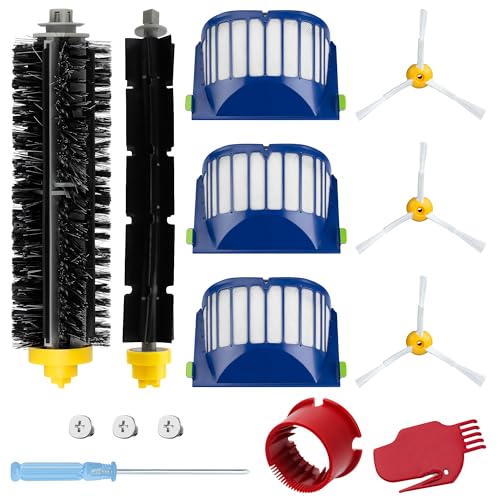
Affordable multi-pack with tools for easy installation.
LOVECO Replacement Kit

Comprehensive kit for frequent users and high-performance cleaning.
ilovelife 12 Pack HEPA Filters
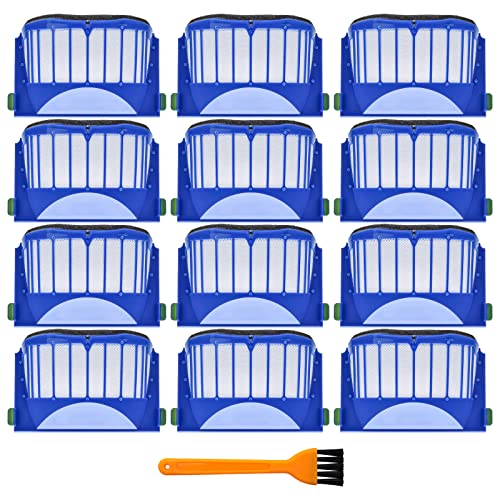
Cost-effective filter pack for extended use and air quality maintenance.
Smart Storage Practices
If you plan to not use your Roomba for an extended period (such as during a long vacation), proper storage is key. Store the device itself in a cool, dry place. For maximum battery preservation, it is recommended to remove the battery from the unit and store it separately in a similar environment.
When to Consider a Battery Replacement
Even with perfect maintenance, a lithium-ion battery will eventually reach the end of its useful life. If you have followed all the troubleshooting steps and the run time is still unacceptably short, it is likely time for a new battery.
If your Roomba 620’s battery is no longer holding a charge, even after following all troubleshooting steps, it’s time for a replacement.
Roomba 620 Replacement Battery
Powerextra 5.0Ah 14.4V Battery

High-capacity battery with extensive compatibility and safety features
melasta 5000mAh Lithium Battery

Lithium upgrade for extended runtime and improved longevity
Bonacell 5.0Ah 14.4V Battery

Affordable high-capacity battery with multiple safety protections
iTechBatt 4500mAh Replacement Battery

Durable battery with consistent suction power and full-year warranty
If your Roomba’s charging dock is damaged or not functioning correctly, it could be preventing your robot from charging properly.
Roomba 600 Series Charging Dock
Roomba 600 Series Charging Dock

Reliable replacement charging base for Roomba 600 series and compatible models.
Roomba 600 Series Docking Station
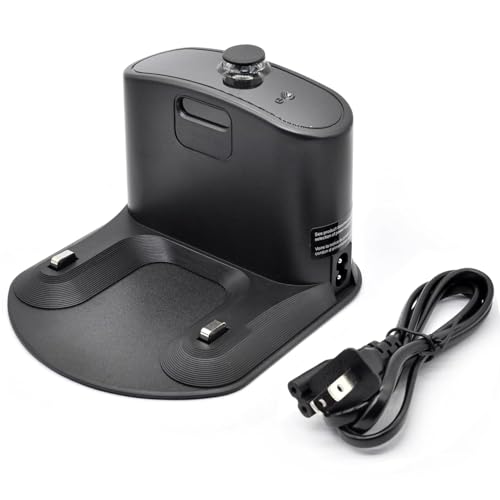
Budget-friendly replacement with extra accessories included.
AURUNHO Roomba 600 Series Dock
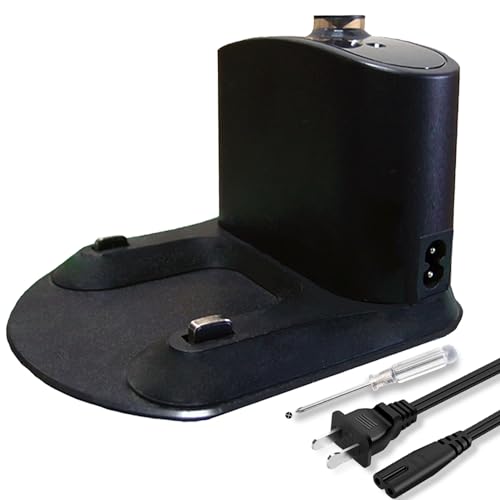
Value-packed replacement with strong after-sales support.
FILTERUP Roomba 600 Docking Base
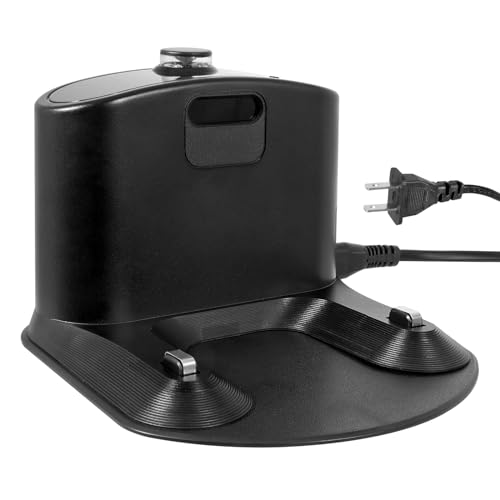
Affordable and reliable docking solution with key features.
Frequently Asked Questions (FAQ)
Why does my Roomba 620 run for a shorter time than it used to?
The most common reasons for shorter run times are natural battery aging, an accumulation of dust and debris in the brushes and filters forcing the motor to work harder, or using high-power settings on difficult surfaces.
What is the best way to clean the charging contacts?
The most effective method is to use a lightly dampened Mr. Clean Magic Eraser or a soft cloth with a small amount of isopropyl alcohol. Gently scrub the metal contacts on both the Roomba and the charging dock, then wipe them completely dry before use.
How can I improve my Roomba’s battery life without replacing it?
You can significantly improve battery performance by performing regular, thorough cleanings, ensuring your firmware is always up to date, optimizing cleaning schedules and power settings, and following proper charging practices by allowing full cycles in a cool, dry location.
Does the room’s temperature affect my Roomba’s battery?
Yes, absolutely. Operating the Roomba 620 in extremely hot or humid environments can reduce the battery’s efficiency and may cause it to overheat. Always use and charge your device in a room with a moderate, stable temperature.
Conclusion
A Roomba 620 with a failing battery can disrupt the automated convenience it’s meant to provide. However, in many cases, the problem is not with the battery itself but with external factors that are well within your control. By following a structured approach of cleaning, optimizing, and maintaining your device, you can often resolve issues like short run times and charging failures without needing a replacement.
Regular maintenance is the key to longevity. Keep your Roomba clean, its software updated, and its charging environment stable. By taking these proactive steps, you can ensure your robotic vacuum remains a reliable and effective cleaning partner for years to come. If, after exhausting all troubleshooting options, the problems persist, it may be time to contact iRobot support or invest in a genuine replacement battery to give your device a new lease on life.
